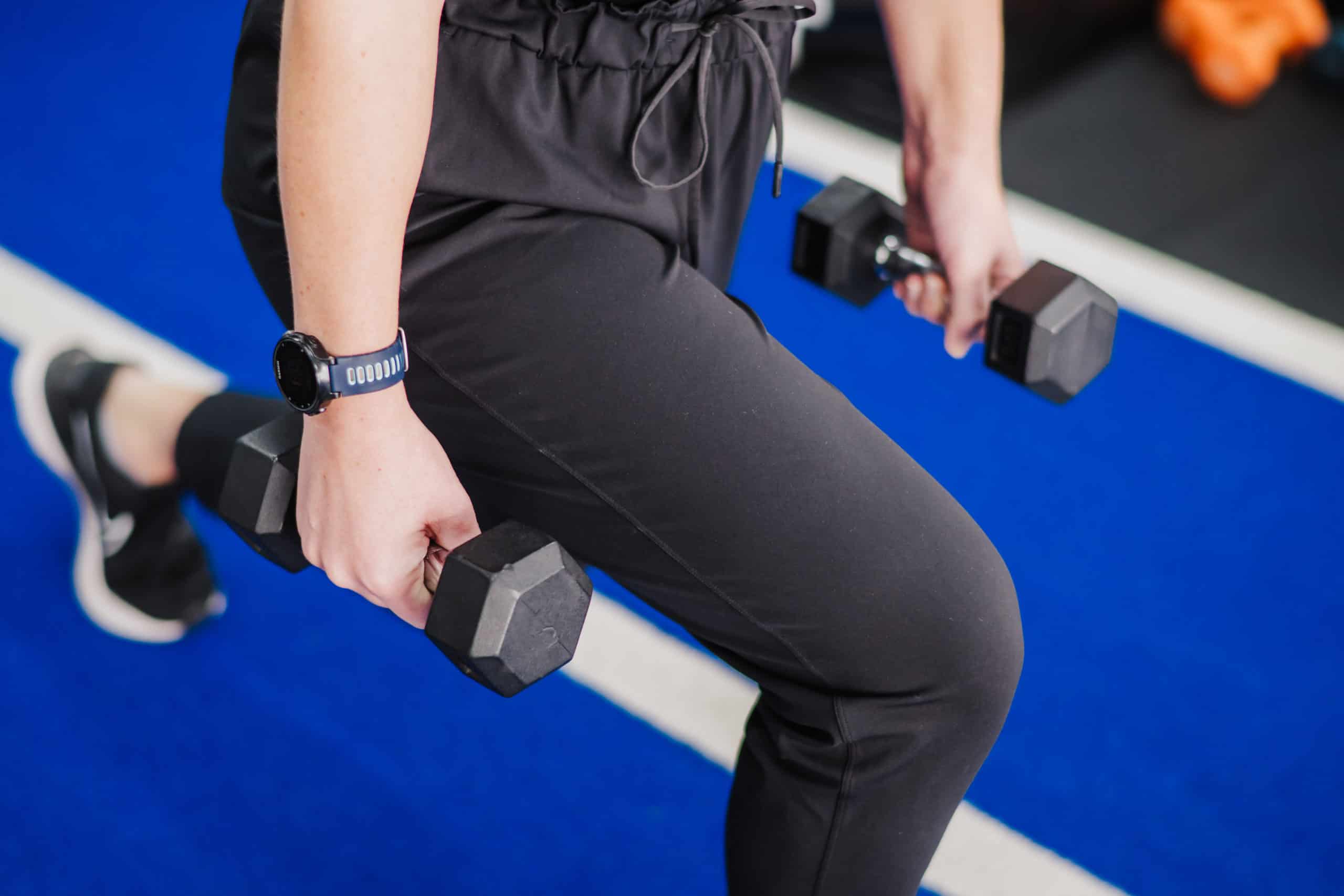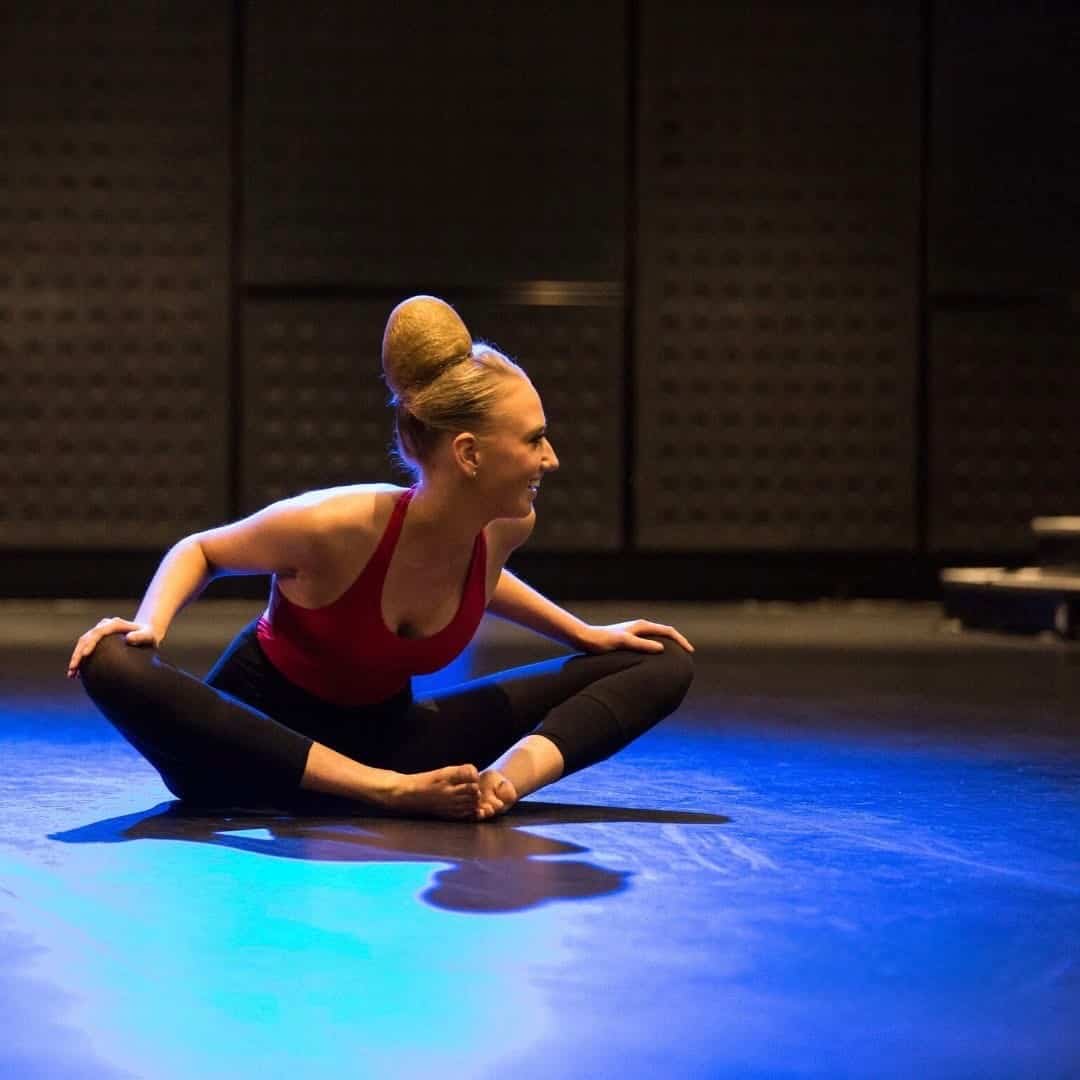The Knee Joint
The knee joint is a hinge joint consisting of 3 bony surfaces; the femur (thigh bone), the tibia (shin bone) and the patella (knee cap). This joint allows mainly for flexion and extension movements but does allow for a small degree of rotation, which is often limited by the ligaments surrounding the knee.
The below basic principles can be utilised among a range of injuries or reasons for pain in the knee. Other causes of knee pain may include (but is not limited to):
- Osteoarthritis
- Meniscus injuries
- Collateral / cruciate ligaments injuries
- Poor muscle recruitment
- Weakness in the muscles around the joint
Strengthening
Strength imbalances need to be addressed to ensure ideal loading patterns and effective coactivation of muscles. To ensure knee stability a focus needs to be put on building the strength of the muscles that directly cross the knee joint, as well as those above it, namely – quadriceps, hamstrings, calves and also the gluteal muscles.
Some ideas to help strengthen these muscles are:
Glute Bridges
Lie on your back, feet flat on the floor and tuck your pelvis so your lower back flattens into the floor. Lift your hips up into the air, squeezing your glutes at the top of the movement.
Single Leg Squats
While standing on 1 leg, lower yourself down as if you are trying to sit in a chair, then stand back up. Focus on not allowing your knee to collapse inwards.
Romanian Deadlifts
Start by standing up tall, slowly lower the weight down your legs until just under the knee then return to standing.
Calf Raises
Start with your heels off a step, raising up onto your toes to a maximum height, then lowering back down.
Neuromuscular Training
Building on strengthening exercise, neuromuscular training is further used to ensure joint stability by encouraging effective coactivation of the muscles, focusing on movement control and correct mechanics to reduce abnormal loading patterns.
Correct landing techniques, plyometrics and agility-type exercises all fall under this banner.
Some ideas of these can be seen below.
Box Drops
Step off a box, landing on both legs in a semi-squat position. This can be progress to a single leg landing.
Lateral Skater hops
Starting at a central point, pushing off your left leg, and landing on you right. Ensure you hold the landing for one-second, prior to going back the other way.
Agility Star
Have cones set out 5m in each direction (North, South, East, West) – starting in the middle, run out to a cone – touch it and return to the centre. Repeat in each direction and ensure you are always facing the way you are going.
Whist the above exercises are just some of those that are recommended to help you maintain the strength of the knee, these are general and not recommended for those who are not physically cleared for exercise, or have health concerns.
We always recommend you undertake an assessment with one of our Exercise Physiologists prior to starting any new exercises to ensure that these are the right exercises for you and that you are doing them correctly.
Why not take your injury prevention to the next stage and book an initial assessment today!
References:
Abulhasan, J. F., & Grey, M. J. (2017). Anatomy and Physiology of Knee Stability. Journal of Functional Morphology and Kinesiology, 2(4), 34. Retrieved from https://www.mdpi.com/2411-5142/2/4/34
Myer, G.D., Ford, K.R., & Hewett, T.E. (2004). Rationale and Clinical Techniques for Anterior Cruciate Ligament injury Prevention Among Female Athletes. Journal of athletic training, 39(4), 352-364.

Courtney Newbon
Accredited Exercise Physiologist



